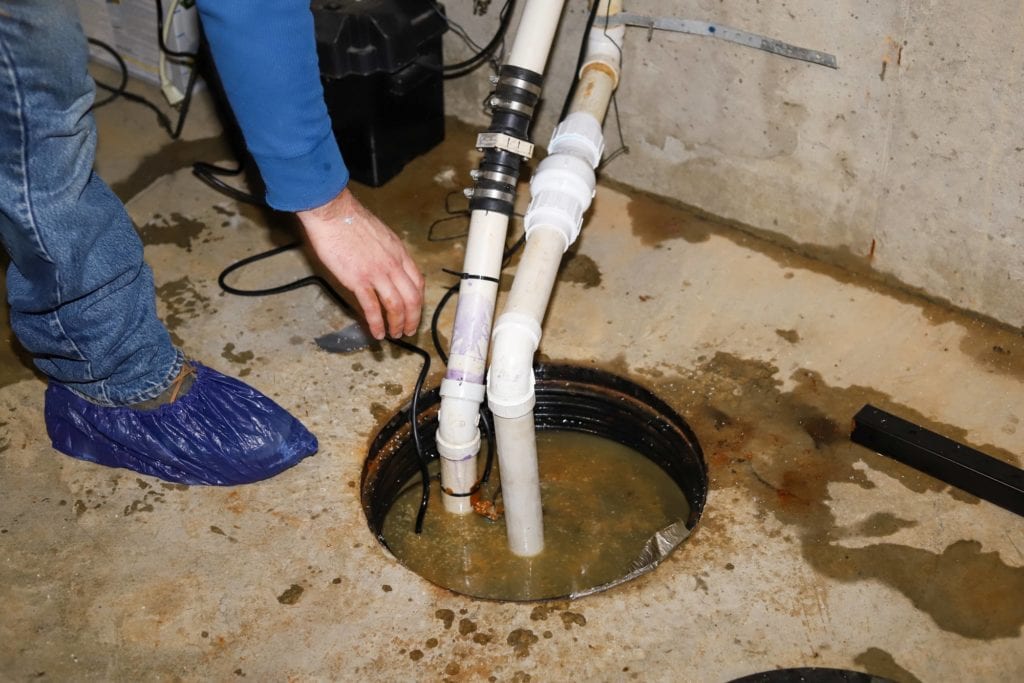Basements are invaluable spaces in many homes, serving as extra living areas, storage rooms, or utility spaces. However, they are prone to moisture problems and water intrusion due to their below-ground location. Effective basement drainage is essential for maintaining a dry and stable foundation, preventing water damage, mold growth, and structural issues. In this article, we will explore various basement drainage methods, their benefits, and considerations for implementation.
1. Importance of Basement Drainage
Basement drainage is crucial for preserving the integrity and usability of a home’s foundation. Without proper drainage, water can seep into the basement through cracks, joints, or porous materials, leading to a host of problems:
- Mold and Mildew Growth: Excess moisture in the basement creates an ideal environment for mold and mildew to thrive, posing health risks to occupants and compromising indoor air quality.
- Structural Damage: Water infiltration can weaken the foundation, causing cracks, erosion of concrete, and deterioration of structural materials over time.
- Damage to Belongings: Stored items in the basement, such as furniture, clothing, and electronics, are susceptible to water damage, resulting in financial losses.
- Decreased Property Value: Chronic moisture problems in the basement can reduce the resale value of the property and deter potential buyers.
2. Common Basement Drainage Methods
A variety of basement drainage methods are available to effectively manage groundwater and surface water, keeping basements dry and free from moisture-related issues:
- Interior Drainage Systems: Interior drainage systems, such as French drains and interior weeping tile systems, are installed inside the basement to collect and divert water away from the foundation. These systems typically consist of perforated pipes surrounded by gravel or drainage matting, which channel water to a sump pump for removal.
- Exterior Drainage Systems: Exterior drainage systems are designed to prevent water from accumulating around the foundation by redirecting surface water away from the building. This may involve grading the soil away from the foundation, installing surface drains, or constructing swales and berms to channel water away from the property.
- Sump Pump Systems: Sump pumps are essential components of many basement drainage systems, especially in areas prone to high groundwater levels or flooding. These pumps are installed in a sump pit or basin in the basement floor and activated by a float switch to remove excess water and prevent flooding.
- Exterior Waterproofing: Exterior waterproofing involves applying waterproof membranes or coatings to the exterior surface of the foundation walls to prevent water infiltration. This method is typically performed during new construction or as part of a foundation repair project and provides long-term protection against moisture intrusion.
- Interior Waterproofing: Interior waterproofing treatments, such as sealants, coatings, and waterproofing paints, can help manage moisture issues inside the basement. While not as effective as exterior waterproofing, these treatments can provide a temporary solution for minor leaks and seepage.
3. Factors to Consider
When selecting a basement drainage method, several factors should be considered to ensure optimal performance and long-term effectiveness:
- The severity of Moisture Issues: The extent of moisture problems in the basement will dictate the appropriate drainage solution. For severe water intrusion, a combination of interior and exterior drainage systems may be necessary.
- Soil Conditions: The type of soil surrounding the foundation, as well as its drainage characteristics, will impact the effectiveness of exterior drainage systems. Clay soils, for example, tend to retain water and may require additional drainage measures.
- Local Climate: Climate considerations, such as precipitation levels, freeze-thaw cycles, and soil saturation, will influence the design and implementation of basement drainage systems. In cold climates, measures to prevent frost heave and ice buildup should be incorporated into the drainage plan.
- Cost and Budget: The cost of basement drainage methods can vary depending on the complexity of the system, labor costs, and materials required. Homeowners should weigh the upfront investment against the long-term benefits of a dry and stable foundation.
4. Benefits of Effective Basement Drainage
Implementing effective basement drainage offers numerous benefits for homeowners, including:
- Prevention of Water Damage: Proper drainage prevents water from infiltrating the basement, protecting structural components and valuable belongings from damage.
- Improved Indoor Air Quality: By reducing moisture levels and inhibiting mold growth, basement drainage helps maintain healthy indoor air quality and reduces the risk of respiratory problems.
- Increased Living Space: A dry and usable basement provides additional living space for recreational activities, storage, or home improvement projects, increasing the overall functionality of the home.
- Preservation of Property Value: A well-maintained basement with effective drainage contributes to the overall value of the property and enhances its marketability to potential buyers.
5. Maintenance and Upkeep
Regular maintenance is essential for ensuring the continued effectiveness of basement drainage systems. Some maintenance tasks include:
- Inspecting and Cleaning Gutters: Keeping gutters and downspouts clear of debris prevents water from overflowing and seeping into the basement.

- Checking Sump Pump Operation: Testing the sump pump regularly and ensuring it is in good working condition is crucial for preventing basement flooding.
- Monitoring Soil Grading: Periodically inspecting the soil grading around the foundation and correcting any slopes that direct water toward the basement helps maintain proper drainage.
- Sealing Cracks and Gaps: Repairing cracks in the foundation walls and sealing gaps around windows, doors, and utility penetrations prevents water infiltration and reduces the risk of moisture problems.
Basement drainage is a critical aspect of maintaining a dry, stable, and healthy indoor environment. By implementing effective drainage methods tailored to their specific needs and conditions, homeowners can protect their investment, preserve the integrity of their foundation, and enjoy a comfortable and functional living space for years to come. Regular maintenance and proactive measures are essential for ensuring the continued performance of basement drainage systems and mitigating the risks of water damage and moisture-related issues.
Contact the Professionals at ARK Basement Services Today! (412) 856-4500

Mike Perry is the esteemed owner of ARK Basement Services, a premier company specializing in basement waterproofing and foundation repair services. Under Mike’s leadership, ARK Basement Services has established itself as a trusted leader in the industry, known for delivering high-quality, reliable solutions to homeowners facing basement and foundation issues. Mike’s commitment to excellence, combined with his extensive knowledge and experience in the field, has been instrumental in building a company that is dedicated to ensuring customer satisfaction and the longevity of their homes. His hands-on approach and dedication to utilizing the latest technologies and methods have set ARK Basement Services apart, making them a go-to provider for those in need of expert basement and foundation services. For more details on Mike Perry’s work and ARK Basement Services, visit their website at https://www.arkbasementservices.com/.

